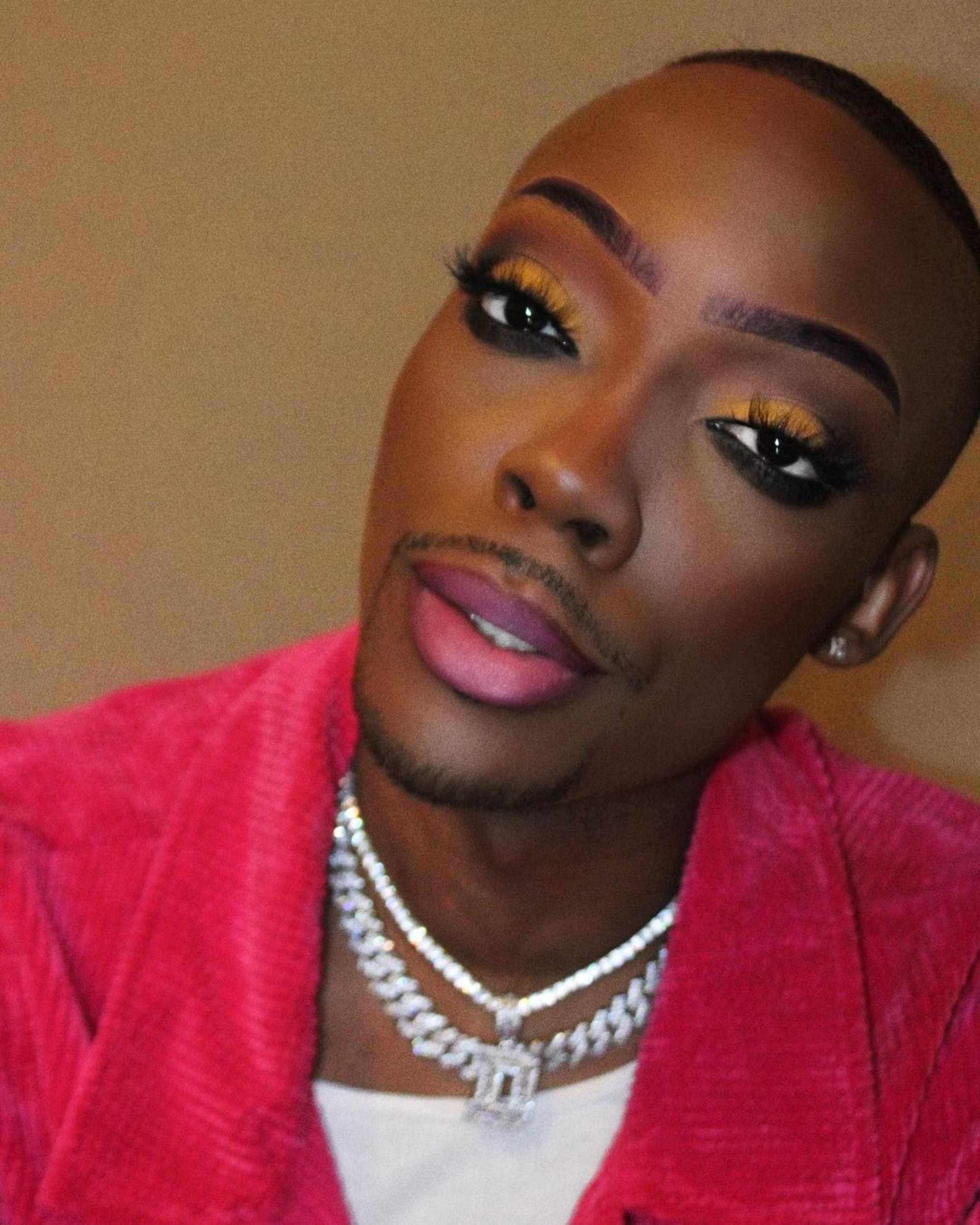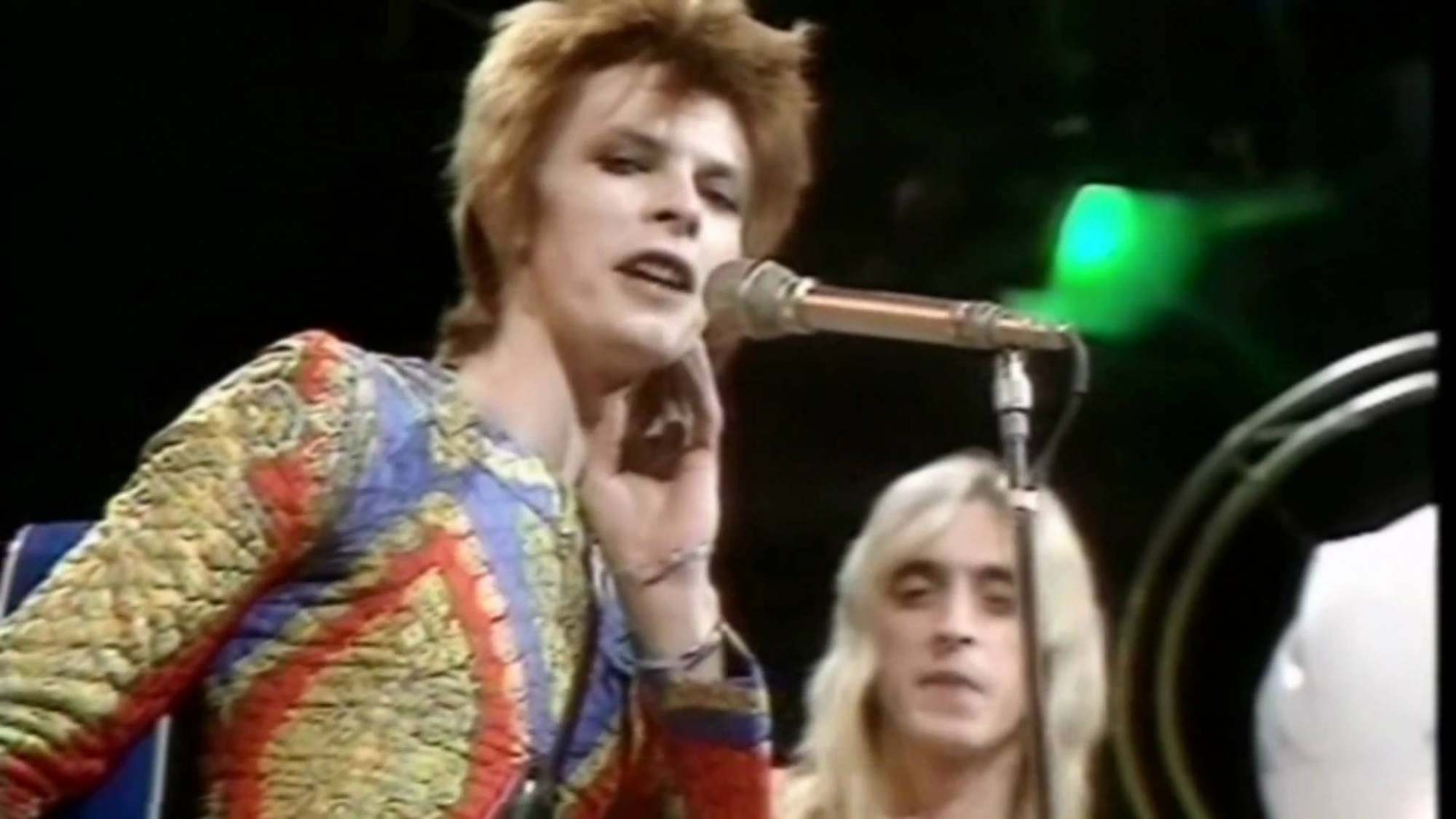
Make-up for men: how K-pop, changing ideals and gender identity are driving the male cosmetic trend, and tips for men who want to try
- Men wore make-up for thousands of years, only stopping after the Age of Enlightenment when gender divides were established
- Now, with changing ideas about gender stereotypes, many men are trying out beauty products, and the cosmetic industry is ready
Young Yuh’s skincare and make-up routine usually takes 35 minutes: cleanser, toner, some type of serum, moisturiser, sunscreen, primer, concealer, contour, blush and eyeliner.
For many straight men like Yuh, this might seem excessive. But Yuh, who boasts 1.6 million followers on short-video social media platform TikTok and posts skincare and make-up tutorials full-time, finds the process key to his self-expression.
Make-up and skincare preferences vary greatly from person to person, Yuh, 31, says over the phone from Los Angeles. “It’s like hygiene or it’s like art. There shouldn’t be any stereotypes, especially with gender, linking skincare in that way whatsoever.”
Men and masculine-identifying people have adorned themselves with make-up for thousands of years. But gender binaries established during the Age of Enlightenment in the 17th and 18th centuries influenced who typically wears – and who doesn’t wear – make-up today.
Look on TikTok and other social media platforms, however, and you’ll notice a shift: men of all sexual orientations brush blush on their cheeks and find eyeliners to make their bold eyes pop. The hashtag #meninmakeup has more than 250 million views on TikTok.
“We are experiencing the democratisation of make-up across gender lines,” says Meloney Moore, associate dean at the School of Business Innovation at Savannah College of Art and Design.
7 male K-pop idols using make-up to express who they really are
“Beauty varies from culture to culture,” says Denise Sutton, associate professor in the department of business at CUNY-City Tech in New York. “It’s important to acknowledge that most of what we see is the Western model of beauty.”
From Neanderthals to ancient Egypt, men have worn all kinds of make-up, experts say.

Before the Age of Enlightenment, men and women were both using make-up: white face powder, cheek colour, lip colour, elaborate wigs and a lot of fragrance.
But as science, reason and politics changed, men asserted themselves as superior to women.
“Anything frivolous was then deemed as feminine behaviour,” Yi says.
It might seem like a big change. But in the end it’s just a little thing you’re doing to make yourself look better, to feel better about yourself
Our understanding of the gender binary then came into place. Historians refer to this as the “Great Male Renunciation” – the notion that men shouldn’t waste time with beauty. And like much of our culture, European ideals spread to the United States.
The cosmetics industry flourished as the decades wore on, driven partially by the two world wars. Women became hyperfeminine versions of themselves, to make men feel as if they weren’t losing their status in society while away at war and give them something to look forward to when they came home.
“Women were inspired by the made-up faces that they saw on the silver screen,” says Rachel Anise, editor-in-chief of Beauty Professor, “and a movement towards modernism encouraged them to integrate make-up – no longer taboo – into their beauty routines.

“By the 1930s and 1940s, make-up was synonymous with femininity and firmly rooted in the female experience,” says Anise, although the first make-up artists were men.
Plus, “beauty really was the only type of affordable luxury that women could spend some money on, especially since they also had entered the marketplace”, says Thomaï Serdari, a marketing professor at New York University.
Late rock stars such as David Bowie and Prince often expressed themselves through make-up as well as music. This makes sense, given that “as the make-up industry evolved throughout the 20th century, we began to see a stronger association between make-up, sex and promiscuity”, Moore says.

Social media has only sped up the process of celebrity influence. Compound that with a generation more in tune with their sexual orientation and gender identity, and the current make-up renaissance speaks for itself.
“We have a generation now that is gender-neutral,” says Lissette Waugh, founder of the L make-up Institute. “That’s also had an impact on people feeling more comfortable expressing themselves.”
RJ Harkin started wearing make-up for school plays in middle and high school out of necessity. Now, he simply enjoys it.

“If girls can wear make-up to cover up acne and stuff, why can’t guys?” Harkin, 18, says. The University of Miami student uses eyeliner and mascara to make his eyes stand out.
“It might seem like a big change,” he says to men who might be wary of trying it out. “But in the end it’s just a little thing you’re doing to make yourself look better, to feel better about yourself.”
Why create a line separate for men, though? Isn’t make-up just make-up? Men may not feel comfortable, Sutton says, “so they can go up to a make-up counter and buy products that are specifically packaged and marketed to men”.

For men who want to try make-up
Check out social media and YouTube tutorials. From younger influencers to established professionals, make-up artists are never in short supply. In addition to those mentioned here, check out Manny Gutierrez, Troy Surratt, Angel Merino and Deon Clark, among others.
It’s OK to start small. “Concealer is something that can instantly improve the complexion while still being quite subtle,” Anise says. “Whether you’re aiming to cover a rogue blemish or dark under-eye circles, concealer is transformative.”
Visit a make-up store near you. Never underestimate the peer-to-peer connection at stores like Sephora or Ulta, Serdari says.
Don’t be afraid. “We are beyond the point where anyone needs permission to express themselves,” Moore says. “Gen Zers want to live their most authentic life, whatever that may be at the moment.
“There is a level of independence in the artistry we are seeing in make-up. The social labels we relied upon in the past will start to disappear or evolve.”

